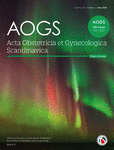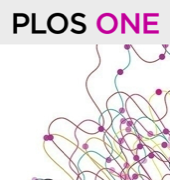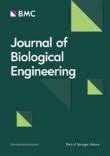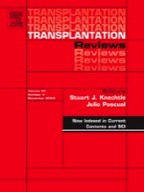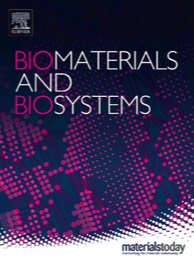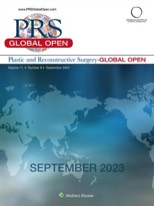Quality assessment by bile composition in normothermic machine perfusion of rat livers
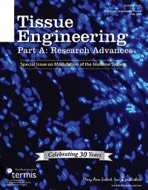
Authors are Vanessa Muth, Felix Stobl, Julian Michelotto, Jennifer A. Kirwan, Jeremy Marchand, Nathalie N. Roschke, Simon Moosburner, Johann Pratschke, Igor M. Sauer, Nathanael Raschzok, and Joseph MGV Gassner.
Due to the persistent challenge of organ scarcity in liver transplantation, there is an escalating dependence on organs obtained from extended criteria donors (ECD). Normothermic machine perfusion (NMP) can be used for improved preservation and allows quality assessment of ECD grafts. The primary objective of this study was to assess bile composition within the framework of quality analysis and explore the impact of warm ischemia on its composition in a rodent NMP model.
30 livers from male Sprague Dawley rats were divided into five distinct groups. Each group was subjected to 6 hours of NMP using either DMEM or Steen solution as perfusate, with or without a preceding 30-minute warm ischemia period. We further examined the effect of pressure-controlled perfusion on livers experiencing 30 min WIT using Steen as perfusate. We conducted regular measurements of AST, ALT, LDH, and urea levels in the perfusate at three- hour intervals. We collected bile samples at hourly intervals and assessed biliary pH, LDH, and GGT. Bile acids were measured using mass spectrometry every two hours.
Liver injury parameters were significantly higher in our DCD model. Bile production was significantly reduced in livers exposed to warm ischemia, and the bile showed a significantly more alkaline pH. This correlated with the concentration of total bile acids, which was significantly higher in livers with 30 min WIT. Taurocholic acid and its metabolites were most prominent. Secondary bile acids were significantly reduced in the course of perfusion due to the missing enterohepatic circulation. Prolonged warm ischemia-induced liver injury affects parameters we measured in bile within our small animal NMP model. We hypothesize that this phenomenon may be attributed to the cAMP-driven nature of bile secretion, potentially explaining why DCD livers produce less, yet more concentrated, bile.

